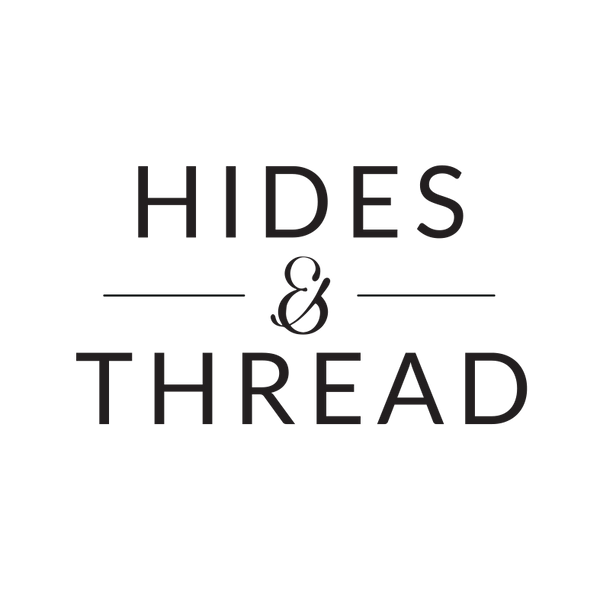Sustainable Leather: Eco-Friendly Practices in the Industry
When it comes to sustainability, not all leather is created equal. At Hides & Thread, we prioritize genuine leather over synthetic alternatives like PU leather—not just for its durability, but for its environmental benefits as well.
Longevity Over Waste
The gifting industry often prioritizes cost over quality, leading to an influx of PU leather products that wear out quickly and end up in landfills. Genuine leather, on the other hand, lasts a lifetime with proper care. It can be repaired, reconditioned, and even repurposed, reducing waste and consumption.
A Natural Byproduct, Not a Chemical Creation
Genuine leather is made from cowhide, a byproduct of the food industry. Rather than letting this material go to waste, we transform it into durable, functional products. PU leather, on the other hand, is made from petroleum-based plastics and synthetic chemicals. Its production requires fossil fuels and results in non-biodegradable waste that lingers in the environment for centuries.
Eco-Friendly Tanning Methods
At Hides & Thread, we offer responsibly tanned leather, including vegetable-tanned options that use natural tannins from tree bark. While not all our leather is vegetable-tanned, we prioritize methods that balance durability with environmental responsibility. Choosing genuine leather isn’t just about quality—it’s a conscious decision to support sustainability. When you invest in leather that lasts, you're reducing waste and opting for a material that’s naturally sourced rather than chemically engineered.

